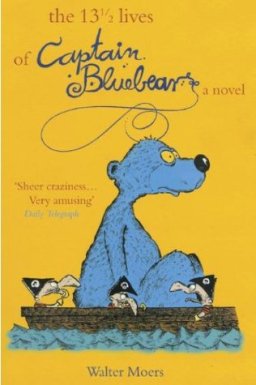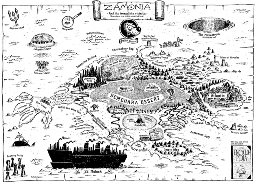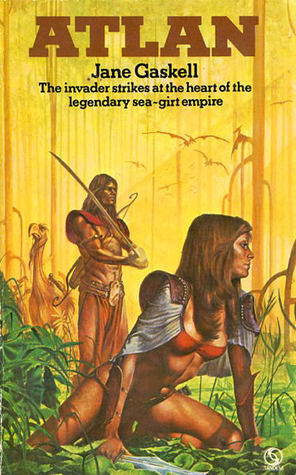Vintage and New Treasures: Oz’s Bag of Holding: John Sandford’s Prey Series; Stephen King’s Bill Hodges Trilogy
 |
 |
I have here a bag of holding. I am now going to pull some things out of it…
This past fall, since I do a lot of commuting to work and had become too depressed to follow my daily routine of news radio, I began listening to books on CD.
I’ve now digested 5 books in John Sandford’s popular Prey series (following detective Lucas Davenport), read by Richard Ferrone, and the first two of Stephen King’s Bill Hodges trilogy (following retired detective Bill Hodges and his friends Jerome Robinson and Holly Gibney), read by Will Patton.
Sandford, a retired Minneapolis journalist, began writing the Prey books back in the ‘80s. The series now has 27 installments, with an additional 13 spin-off books! Looks like I’ll be spending time with Lucas Davenport in my minivan for a long time to come.
Having brought these out of the bag, I’d like to discuss two specific areas of appeal of a series like Prey. First is place. Second is chronological progression (following characters as they age). Then I have an afterthought about genre “classification.” I’ll also address “audio” vs. “printed page.” And I’ll have a few things to say about King’s foray into hardboiled detective fiction along the way.












